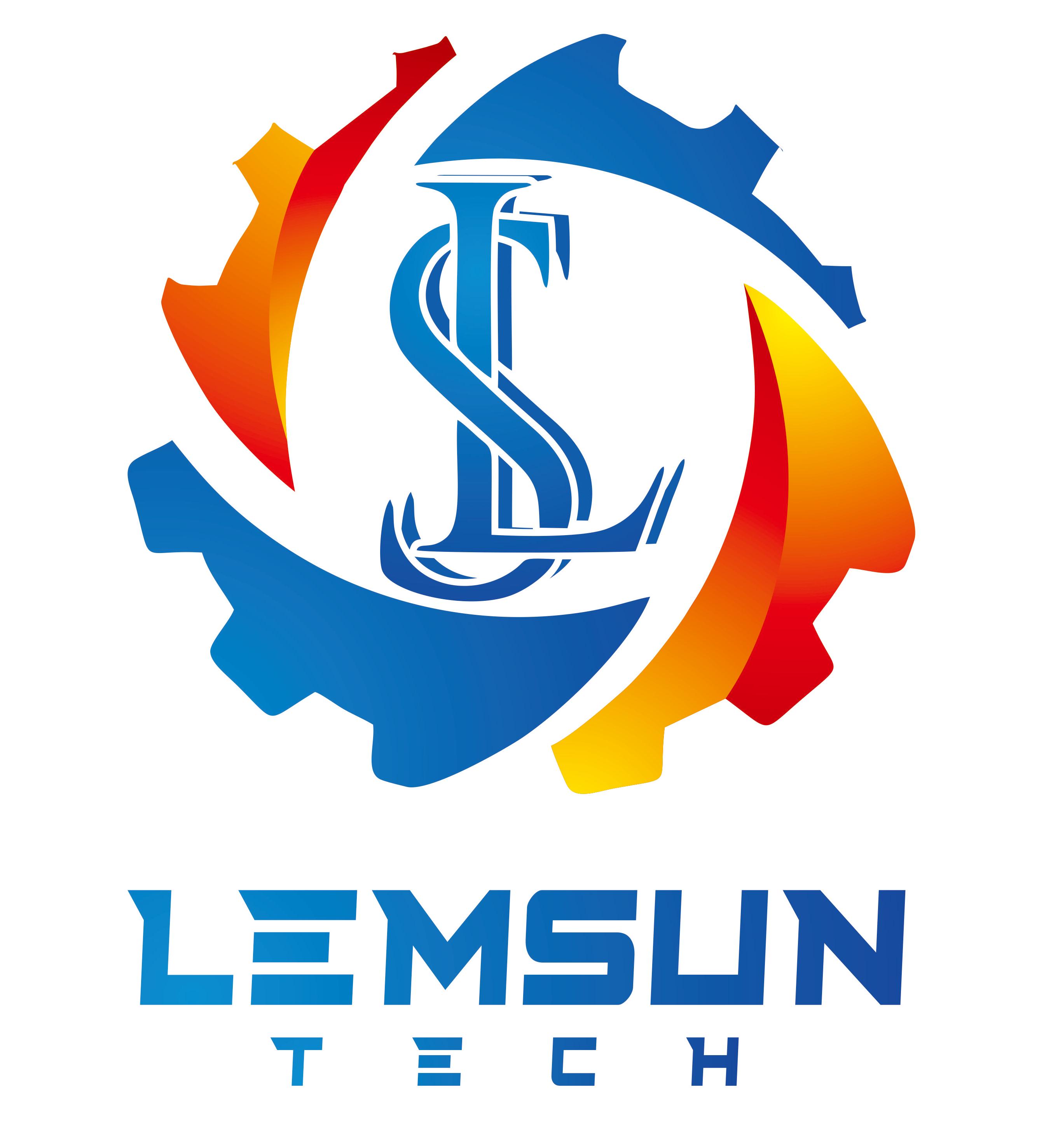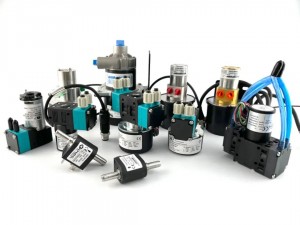Although most of the popular ceramic design drafts on the market can be expressed through current ink, we have also seen that after the emergence of inkjet printing, the colors of building walls and floor tiles have truly become dazzling, and we will not elaborate on them here. However, just like the nozzle cannot accommodate all ink printing volumes, the color gamut of ceramic ink is also very limited. For example, red, yellow, green, black and other colors are not bright, unsaturated, and even some colors cannot be produced at all.
The main reason for this is the complexity and particularity of ceramic technology. For example, due to the influence of other raw materials in glaze, high-temperature firing, etc. The particle size of ceramic colorants must be large (requiring a few microns or more) in order to produce color. Due to the limitations of nozzle aperture (usually around 10 μ) and suspension, the current pigment particle size is generally only around 1 μ. Otherwise, it is easy to block the spray hole. Some colleagues may wonder if it’s enough to make the nozzle aperture slightly larger? I think there is no principled technical issue with increasing the nozzle aperture. However, the larger the aperture, the larger its spray point. How can it spray out fine patterns? At the same time, we also need to consider that the larger the diameter of the pigment, the poorer the suspension and stability of the ink. Therefore, the development direction of ink is also clearly visible – finding a balance point in contradictions, improving the color range and brightness. When certain colors cannot be solved with a single or existing few, developing more unique color inks and functional inks is also a solution. For example, when a brown color cannot solve the problem, we develop deep brown and light brown colors. Similarly, yellow also appears as deep yellow, golden yellow, and so on. These are currently good solutions. Of course, for the aforementioned reasons, we need to fully recognize the contradictions and difficulties in ink research and development. In addition, cost is also an important factor that ink suppliers need to consider when developing products. In addition, some raw materials may have good colors, but the materials used have certain toxicity and cannot be used. Some hair colors are good (such as using metal materials), but the price is too high! So, ink production is constantly finding a balance between color, pigment particle size, product stability, shelf life, and cost!
By recognizing the limitations of nozzles and ink, we can approach the capabilities of inkjet printers more scientifically, objectively, and rationally, rather than blindly complaining about poorly made designs. We have a customer who often complains that I spent several million to buy a machine and couldn’t lay all the bricks properly. It must be a problem with the machine and ink. Alas, it’s like spending millions to buy a luxury car, but sometimes it still malfunctions, or in uneven road conditions, it’s not as useful as a Jetta!
Understanding the current limitations of nozzles and ink, selecting machines rationally, and objectively evaluating the quality of machines and ink are essential for scientifically selecting (combining) nozzles and selecting appropriate versions (which ones can be used and which ones cannot). This will greatly reduce the conflicts between machine manufacturers, ink suppliers, and customers, thereby jointly promoting the progress of inkjet technology!
If you want to consult our products, welcome to ask price, sent email to us: lemsun002@126.com.
Post time: Jun-06-2024


